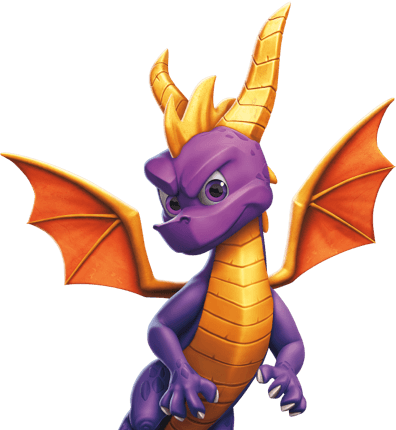With Us

Research
Modern Gamer Personas
5 minute read
Overview
The picture of a gamer is outdated. The gaming world has evolved. The technology that powers games has improved. The players have changed. But what about the way we think about gamers?
This research takes a deeper look at gamers. It reveals that less than a third of gamers fit the stereotypical gamer mold. If you consider a gamer as someone who lives and breathes gaming, it’s even less. Only a sliver of the gaming population looks like the young, male, gamer caricature we’re familiar with.
By developing gamer personas that are based on questions beyond simple demographics and platforms used, the result is a more complete picture of who gamers are.
Takeaways
1. Six distinct gamer personas were identified in our research
Gamers are not homogenous. When gamers are clustered by identity, motivations, and play styles, the result is six distinct gamer personas. Their motivations converge around the games they play and how they play them, rather than just their basic demographics.
2. Less than half of all gamers identify as a gamer
Over 60% of gamers surveyed responded “no” or “unsure” when asked, “are you a gamer?” Most gamers refuse to acknowledge the gamer title, making the audience larger and more diverse than many realize.
3. Only a small minority of all gamers fit the typical gamer stereotype
The stereotypical gamer is by no means representative of the broader gaming audience. Of the six gamer personas, only two resemble the stereotypical image of a gamer. The most hardcore gamer makes up just 4% of the overall audience.
4. The single-platform player is rare
The majority of gamers play across multiple platforms. “Mobile gamers,” often thought of as single-platform users, often play on console and PC. Consequently, looking at gamers only through the lens of single-platform usage doesn’t give the full picture.
Please note reports are currently available in English only.
Methodology
This consumer research defines holistic gamer personas based on demographics, platforms, motivations, attitudes, and psychographics.
To better understand the gaming audience, Activision Blizzard Media conducted a quantitative study among adults over the age of 18 who played, watched, or engaged with video games at least once in the past month. Gower’s Distance clustering was used to identify unique subsets of gamers by analyzing survey responses and creating grouping distinctions based on maximal differences.
The online-based study surveyed 21,168 gamers split across the United States, the United Kingdom, France, and Germany.
Advertise
With Us
Let's Start By Getting Connected
THE LATEST NEWS & CONTENT
Mobile Gaming: The Common Denominator Among All Game Players
In the increasingly diverse world of gaming, reaching unique, valuable audience segments offers a significant opportunity for brands and advertisers.
Why Multiplatform Players are More Receptive to Advertising
As the gaming industry continues to take its place in the entertainment ecosystem, understanding the different audience segments becomes increasingly critical for brands looking to tap into this lucrative market.
IAB PlayFronts 2024 Recap
The IAB PlayFronts 2024 marked a significant milestone in the digital entertainment sphere, bringing together industry innovators to share insights and chart the future of interactive media for the third year in a row.









